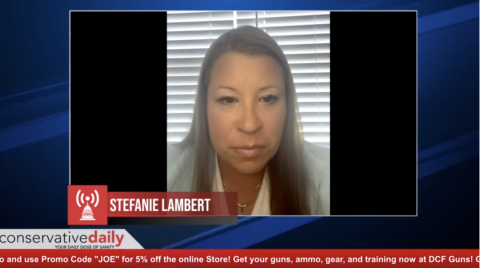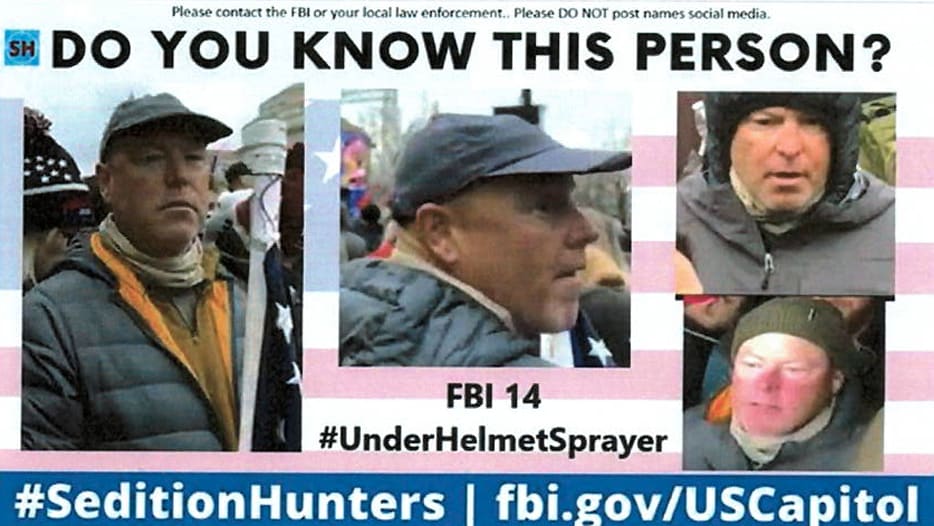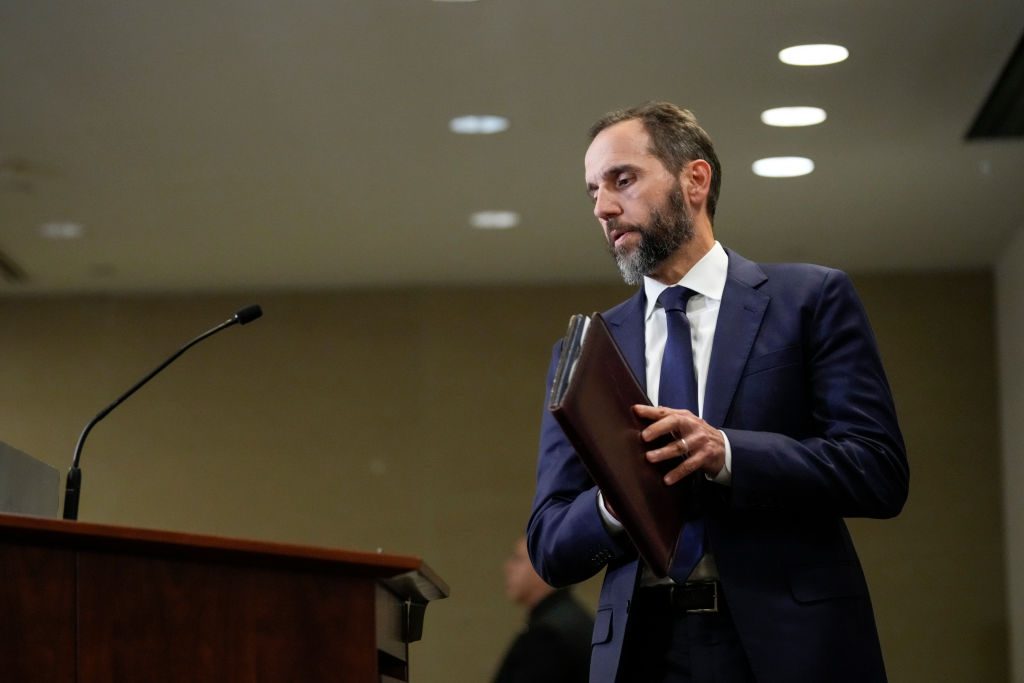Sixties Fan
Diamond Member
- Mar 6, 2017
- 58,715
- 11,130
- 2,140
Follow along with the video below to see how to install our site as a web app on your home screen.
Note: This feature may not be available in some browsers.
Do you have a job or are you retired?Nonsense.

 www.nbcbayarea.com
www.nbcbayarea.com

Ex-police chief who spread conspiracies about Jan. 6 found guilty in Capitol attack
Alan Hostetter, U.S. District Judge Royce Lamberth found, possessed a hatchet when he joined the mob that broke police lineswww.nbcbayarea.com


Don't they get a trial first? Nice to now you are setting up the gallows well before the trial date.Kewl. 16 more Republicans who can't vote for Trump next year.
Don't they get a trial first? Nice to now you are setting up the gallows well before the trial date.






 www.justsecurity.org
www.justsecurity.org
The Chesebro memo extracted the final clause of that passage as though it were a general proposition about the power of States to do what they wish regardless of the Electoral Count Act and independent of the deadlines set by Congress. His memo states:“You can read the Florida statutes–which deal with presidential and gubernatorial elections in the same set of provisions– backwards and forwards without finding even the slightest clue that the state legislature ever decided that all recounts in a contested presidential election must stop by December 12 or, for that matter, at any time before the electors meet to give their votes on December 18, or even before Congress starts to count the votes on January 6.” (emphasis added)
I can say with confidence that the proposition that Chesebro misattributes to me is one I have never embraced. Among other things, it completely disregards the role of the Electoral Count Act – and, even more fundamentally, of Article II of the Constitution in empowering Congress to set the “Time of chusing the Electors, and the Day on which they shall give their Votes, which Day shall be the same throughout the United States.”“The last-minute counting of the Hawaii electoral votes in favor of Kennedy in 1960 buttresses the conclusion of constitutional law scholar Laurence Tribe that, absent some indication by a State to the contrary, the only real deadline for a state to complete its recount of a presidential election is ‘before Congress starts to count the votes on January 6.’” (emphasis in original)

 www.justsecurity.org
www.justsecurity.org

 www.justsecurity.org
www.justsecurity.org